Let’s be honest: there are a million dinosaur books out there. Most of them are packed with jaw-dropping images, a few repeated facts, and not much else.
This? This is not just a dinosaur unit.
This is paleontology… done the Campfire way.
We went beyond the typical “dino facts” to build something completely fresh, engaging, and academically rich. You’ll separate fact from fiction, dig into real scientific theory, challenge assumptions, and explore one of the youngest, most fascinating fields of science out there.
Built for all ages—truly.
• Littles who love dinos? They’ll be hooked.
• Teens who want to enter the career field? They’ll be incredibly challenged.
• Parents? Get ready to learn right alongside your kids.
With input from professors, science educators, and real-world research, we’ve packed this unit with:
• Paleontology
• Anatomy and taxonomy
• Scientific debates and dinosaur mysteries
• Errors and corrections from both creationist and evolutionary scientists
• Critical thinking at every level
And yes, we tackled the hard part: making it accessible and meaningful whether you’re a young-earth creationist, old-earth believer, or secular family.
The unit does not push a specific Earth age. You’ll see why that becomes almost irrelevant once you dig in.
Important Notes:
1. We personally align with young earth creationism.
2. This unit is carefully written to be used by any family—faith-based or not.
3. The Faith Talks are clearly marked and optional.
4. The SYW pages explore scientific missteps on both sides—because growth comes from humility and learning.
5. The geology section is totally unique.
Oh—and one more thing:
Paleontologists? They don’t agree on anything.
(Okay, maybe a few things. But seriously—get ready for some lively debates and landmines we had to navigate while writing this thing. It was so worth it.)
This is a unit of wonder, of mystery, of real science, and of deep questions.
And it’s unlike anything you’ve used before.
This is a Full Unit, designed for the whole family to use together, whether you have one student or many. It includes 12 flexible lessons, typically stretched over 4–6 weeks (depending on your pace).
Most families complete 6–8 units per year. Think of one unit like a single “chapter” in a year-long curriculum.
This isn’t one-lesson-per-day curriculum. Each lesson may span multiple days. You set the rhythm.
Every unit is delivered as a PDF digital download, so you can start instantly. Prefer a printed book? You can get that, too! Want to understand all your print options? Flip to the “Print or Digital” page in our BROCHURE for a full breakdown of how to access print copies.
There are three digital guidebooks:
- Early Learner Guidebook (pre-reader to 1st grade) – Designed to keep little hands busy and minds engaged while older students go deeper.
- Growing Guidebook (elementary through middle school)
- Advanced Guidebook (high school to adult)
The Growing and Advanced Guidebooks share the same main lesson content. The difference is in the sidebars—color-coded and tailored by age. Think of it like reading the same Bible translation, but one has deep apologetics notes and the other has gentle prompts and kid-friendly commentary. Same core text, just age-adjusted insight.
This is intentionally designed to mimic higher-level education and real-world learning. You won’t find a separate teacher’s manual or student workbook because we don’t believe in busywork. Instead, each guidebook is written directly to the student (and the parent learning alongside) with real instruction, interactive prompts, and a flow that mirrors real-life, higher-level learning.
You’ll see natural cues like “Do this now,” “Write this in your notebook,” and “Pause to discuss,” built right into the lesson. Students learn through notebooking, narration, dictation, and hands-on exploration—no pre-planning required. It might feel different at first. That’s because it is… and it’s intentional.
Included is a Core Connections Companion, which dives deeper into academics across subjects, specifically integrating with the main unit topic. This is how you cover all your core subjects except math. That includes history, science, language arts, geography, art, and more. For transcript and syllabus help, see the links directly above.
Campfire encourages students to think deeply, not just check boxes. That means we don’t ask for rote answers; we ask for reflection, connection, and real understanding. For students used to worksheet-style learning, this can come as a shift. You might notice a transition phase as their brain adjusts to a higher level of engagement, and that’s part of the growth.
Some younger learners (especially ages 6–8) may need extra support or time. It depends on the child. If your student is used to rich read-alouds and open discussion, they may jump right in. Others might benefit from starting with just the Early Learner Guidebook or waiting for Campfire until they’re ready for more independent thinking.
We’ve seen some 7-year-olds fall in love with it. Others needed to wait until 9 to tackle everything comfortably. You know your child best, and this curriculum gives you the freedom to meet them right where they are.
Each unit includes access to our private LINKS page with videos, supply lists, book lists, and bonus resources—everything pre-screened and organized for easy use. Some units also have optional MP3 add-ons for auditory learners.
PAGE COUNT: 230 (GROWING), 230 (ADVANCED), 44 (CORE CONNECTIONS), 114 (CORE CONNECTIONS)

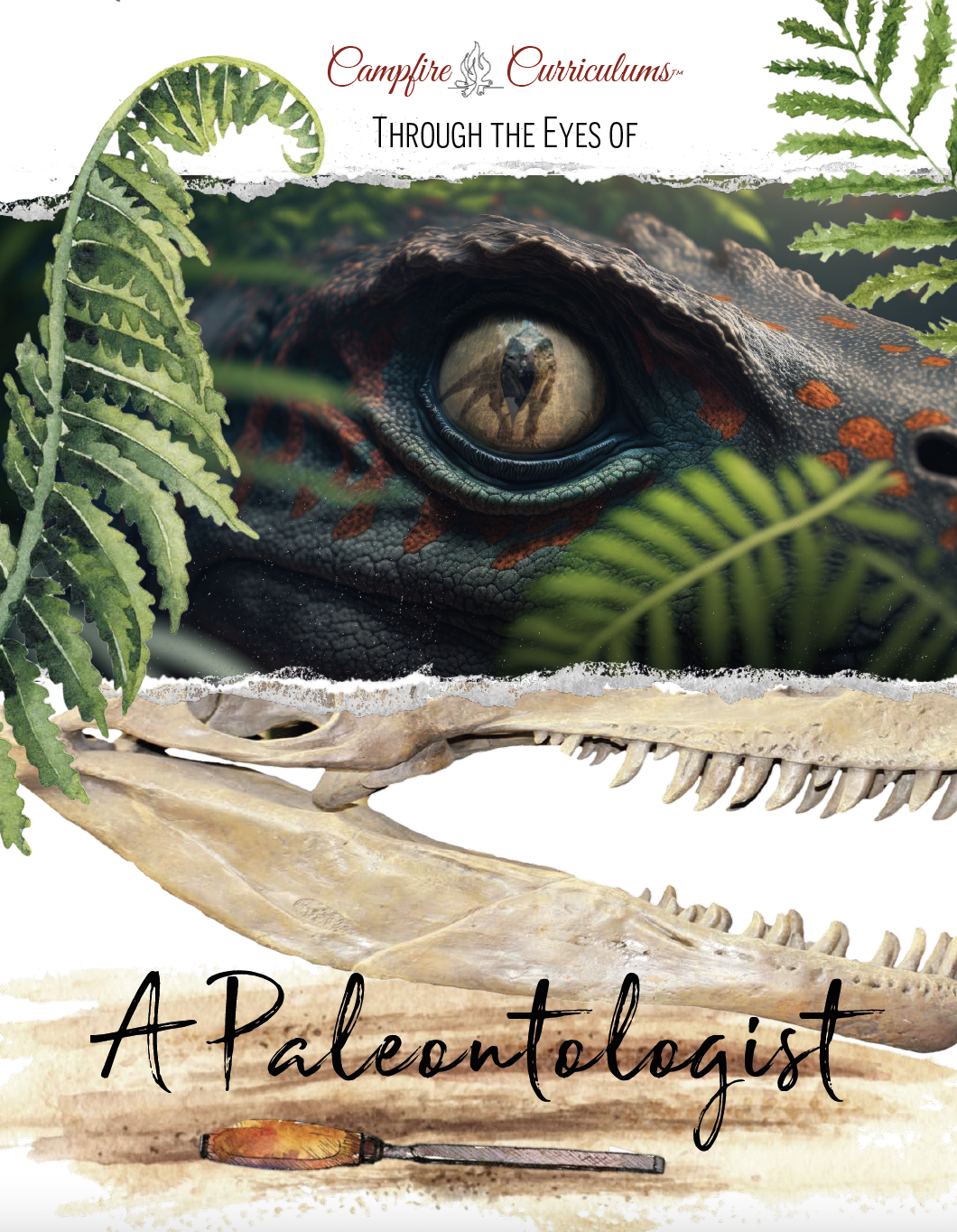
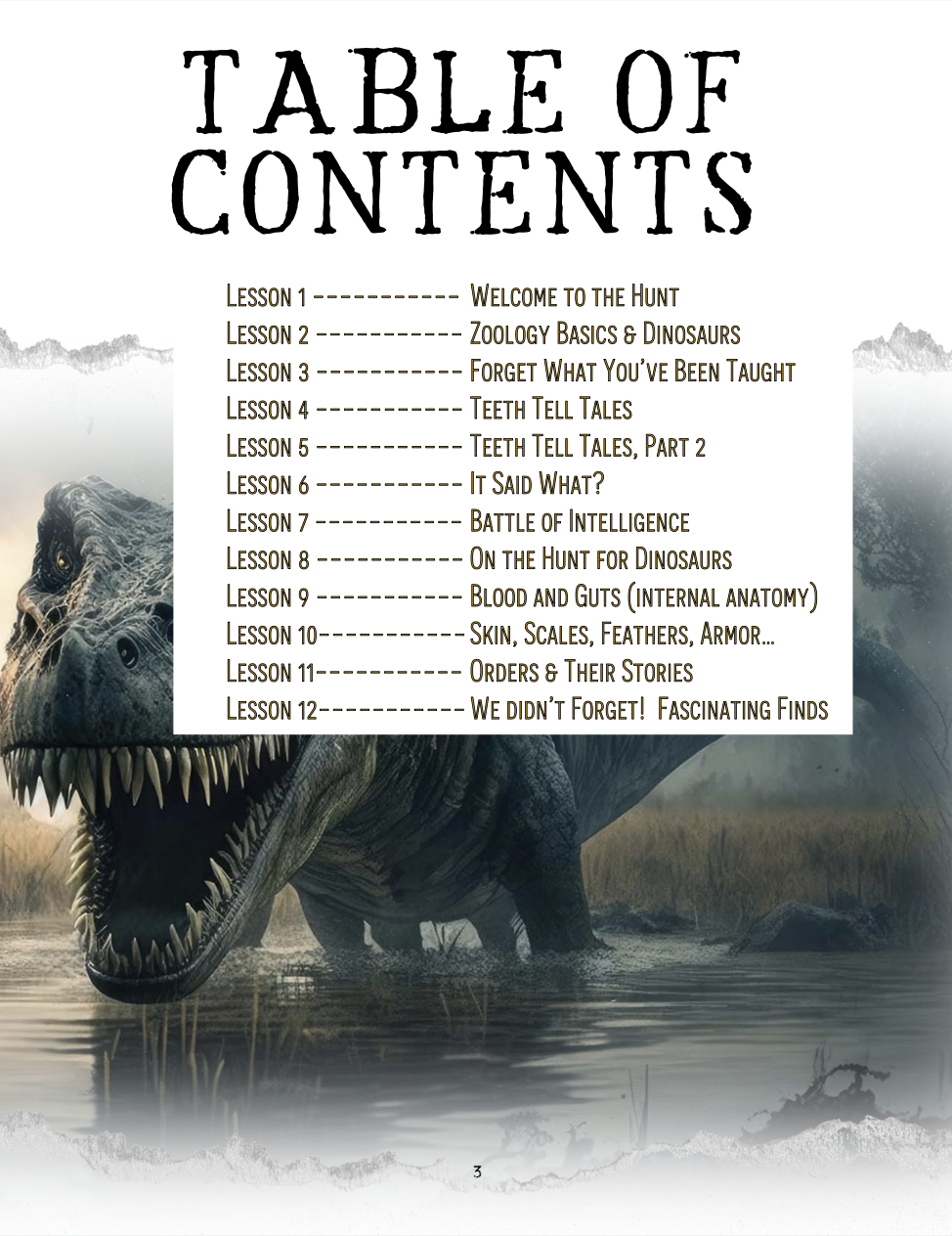
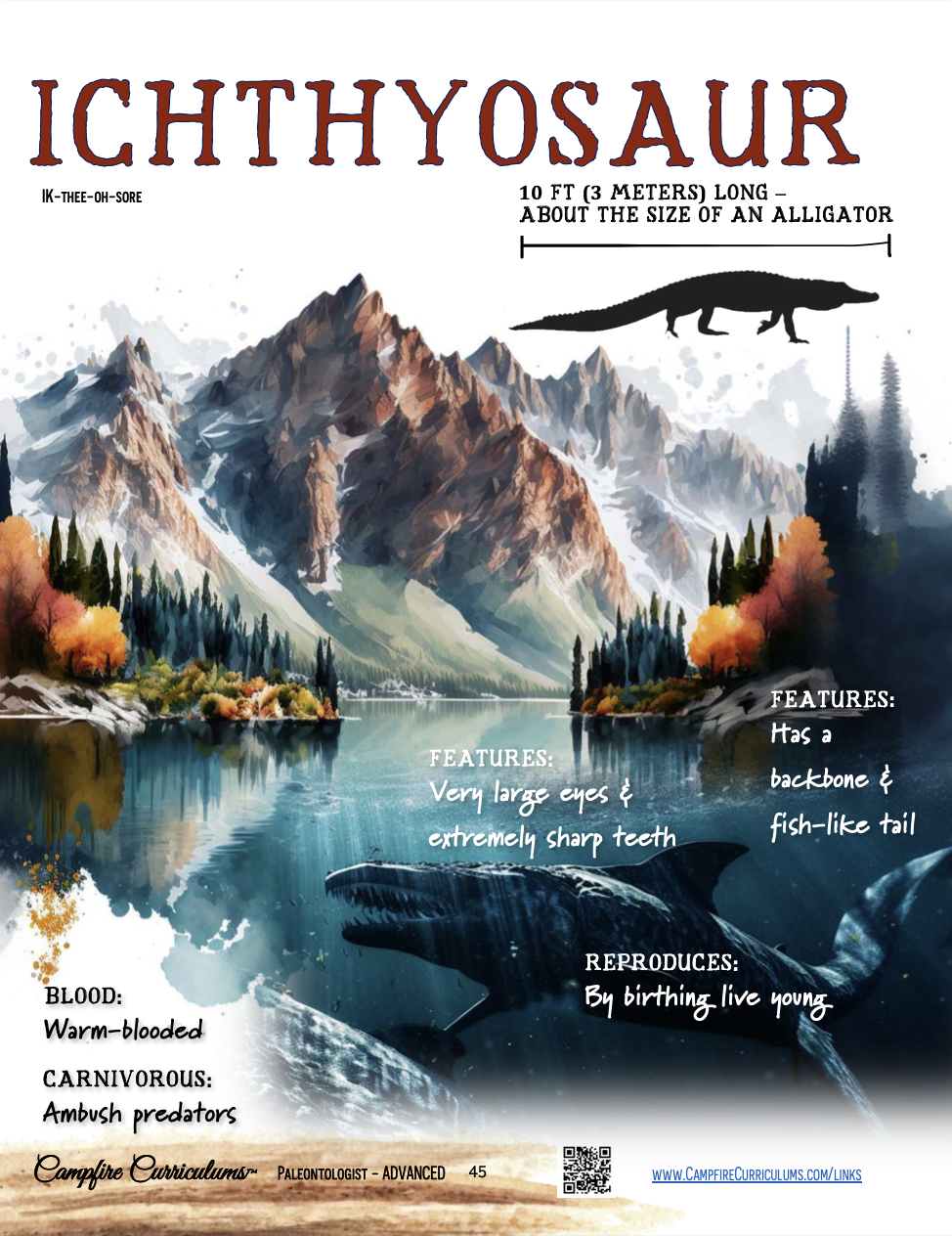
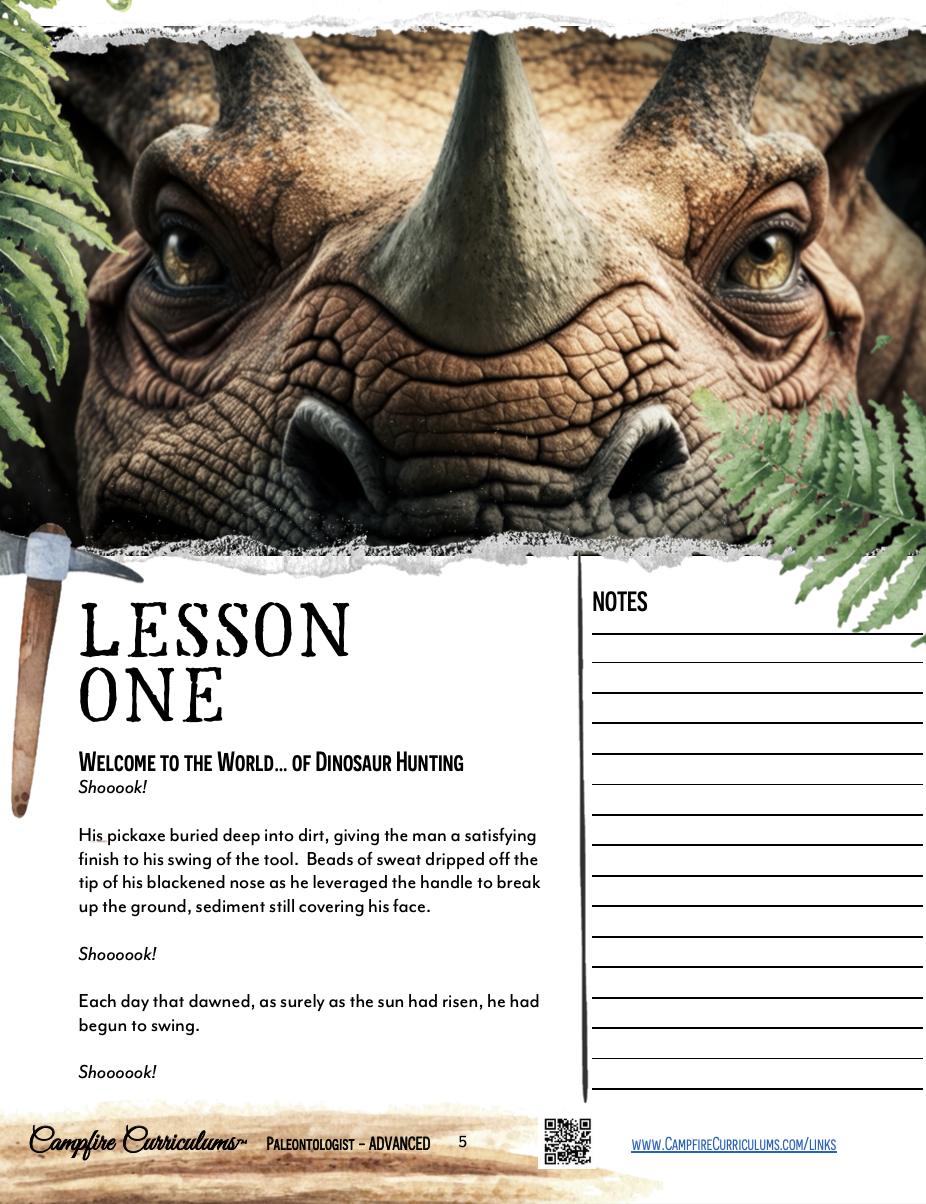
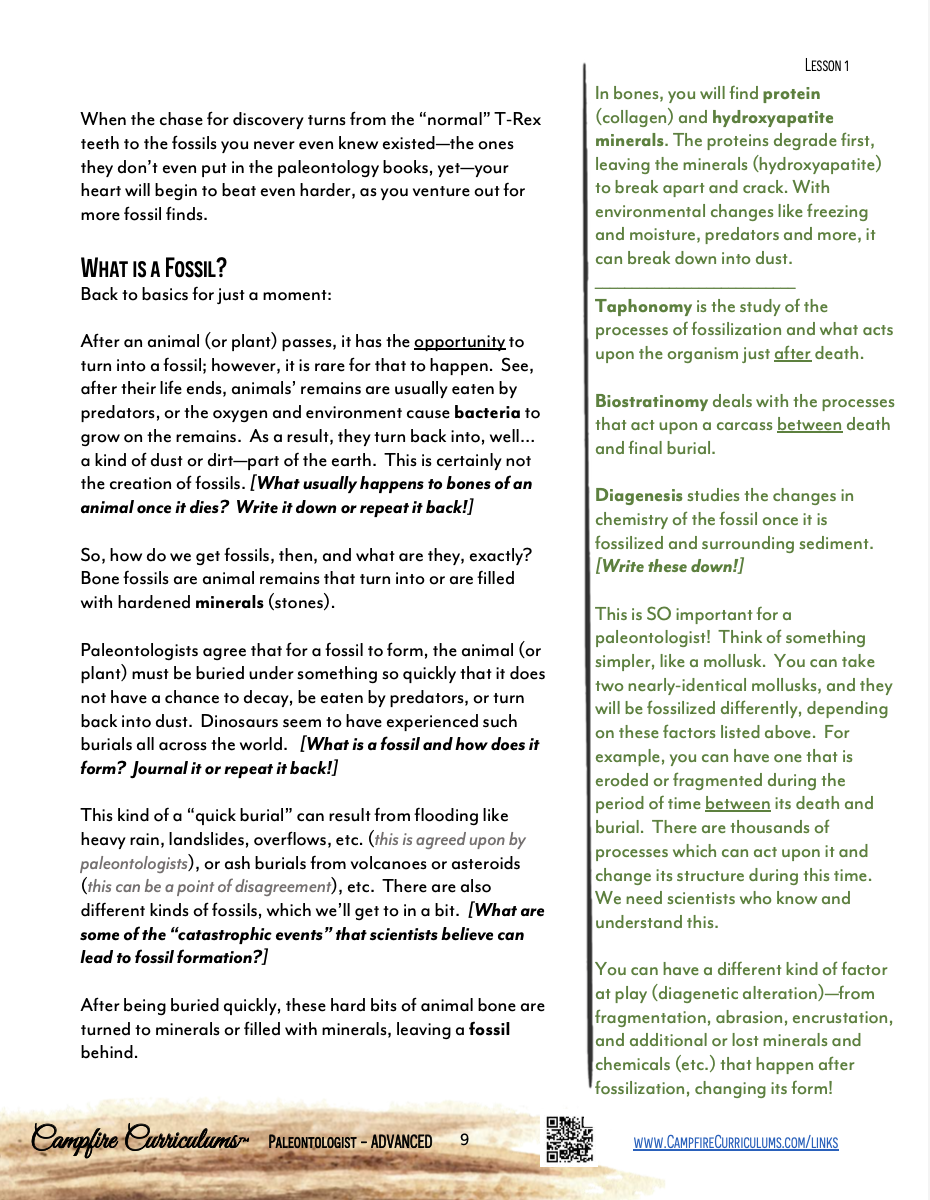
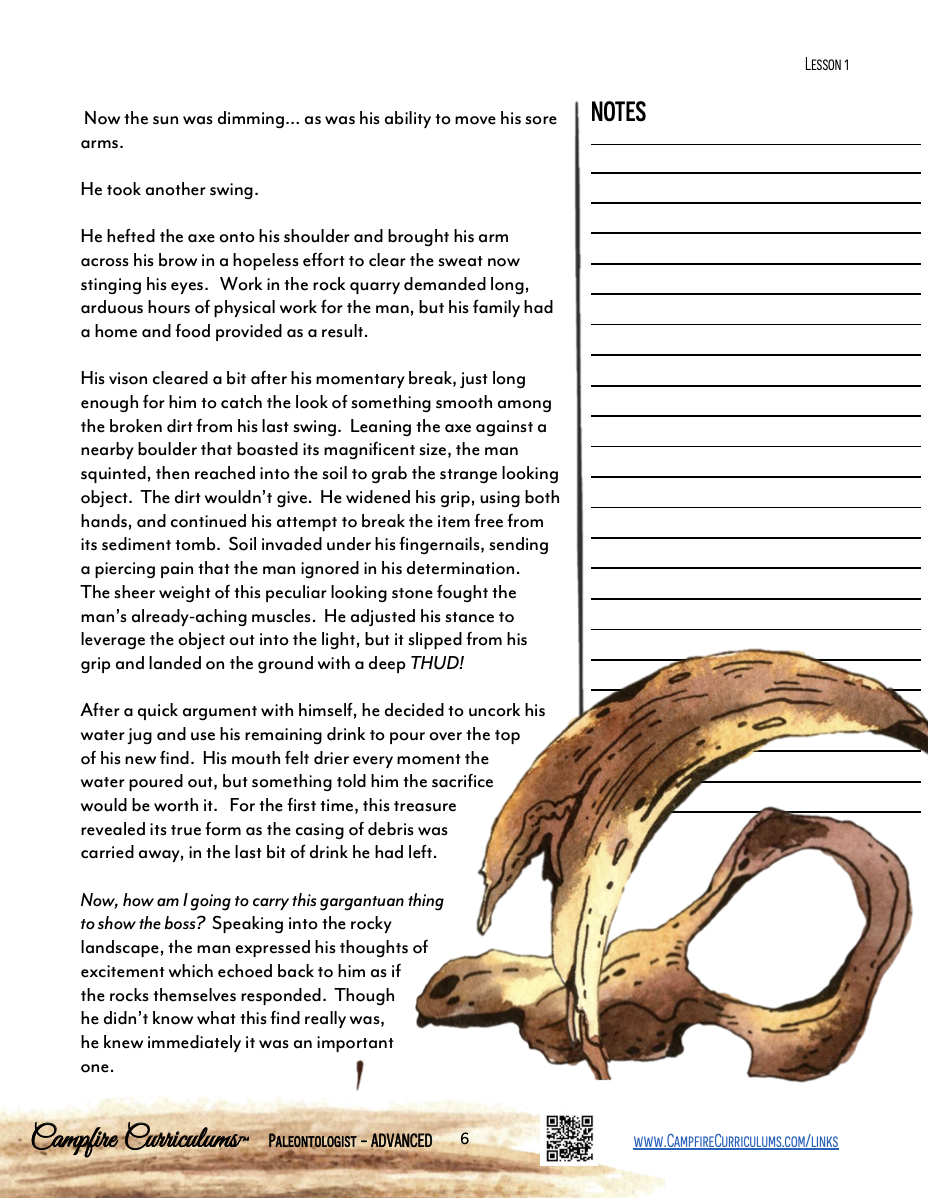
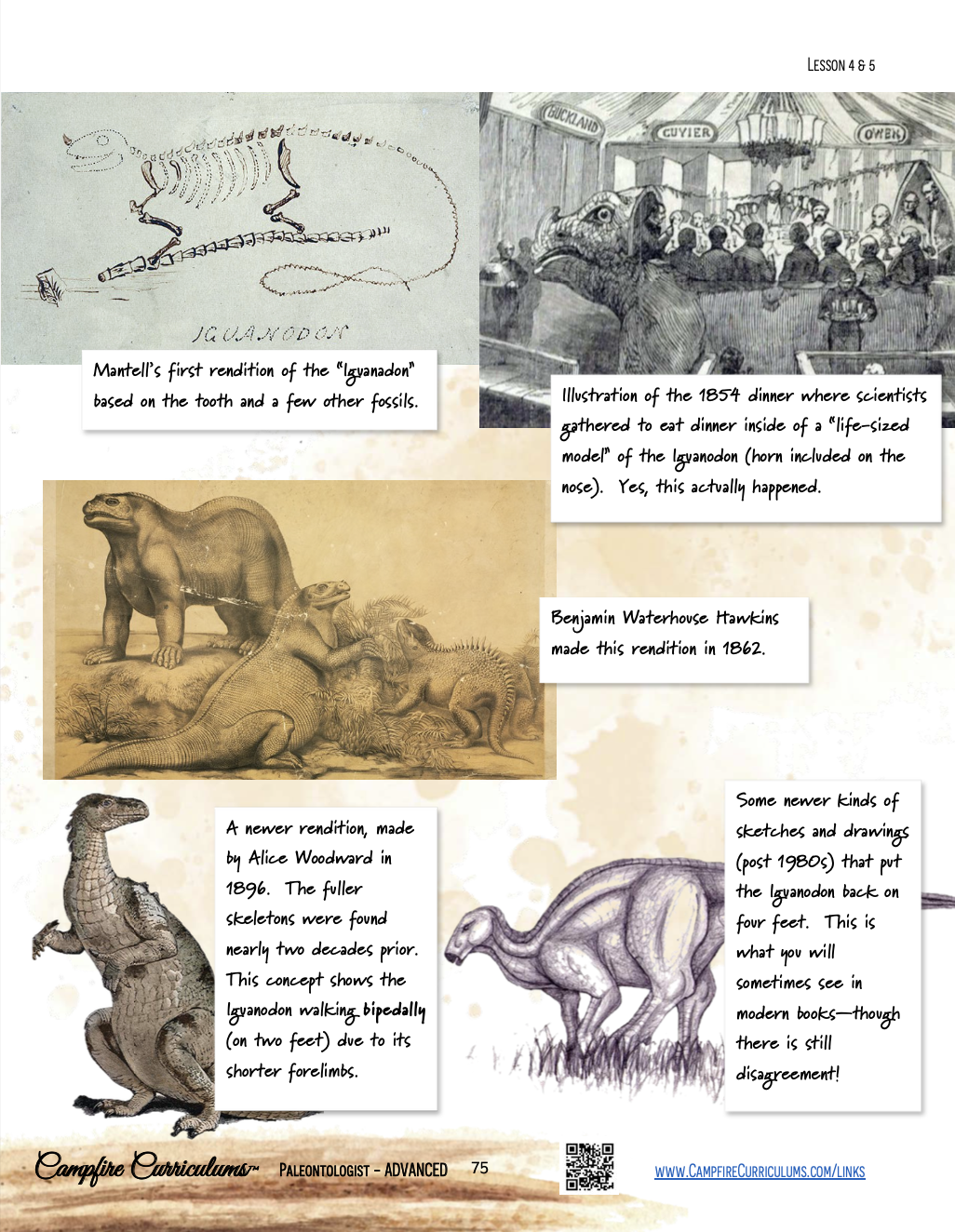
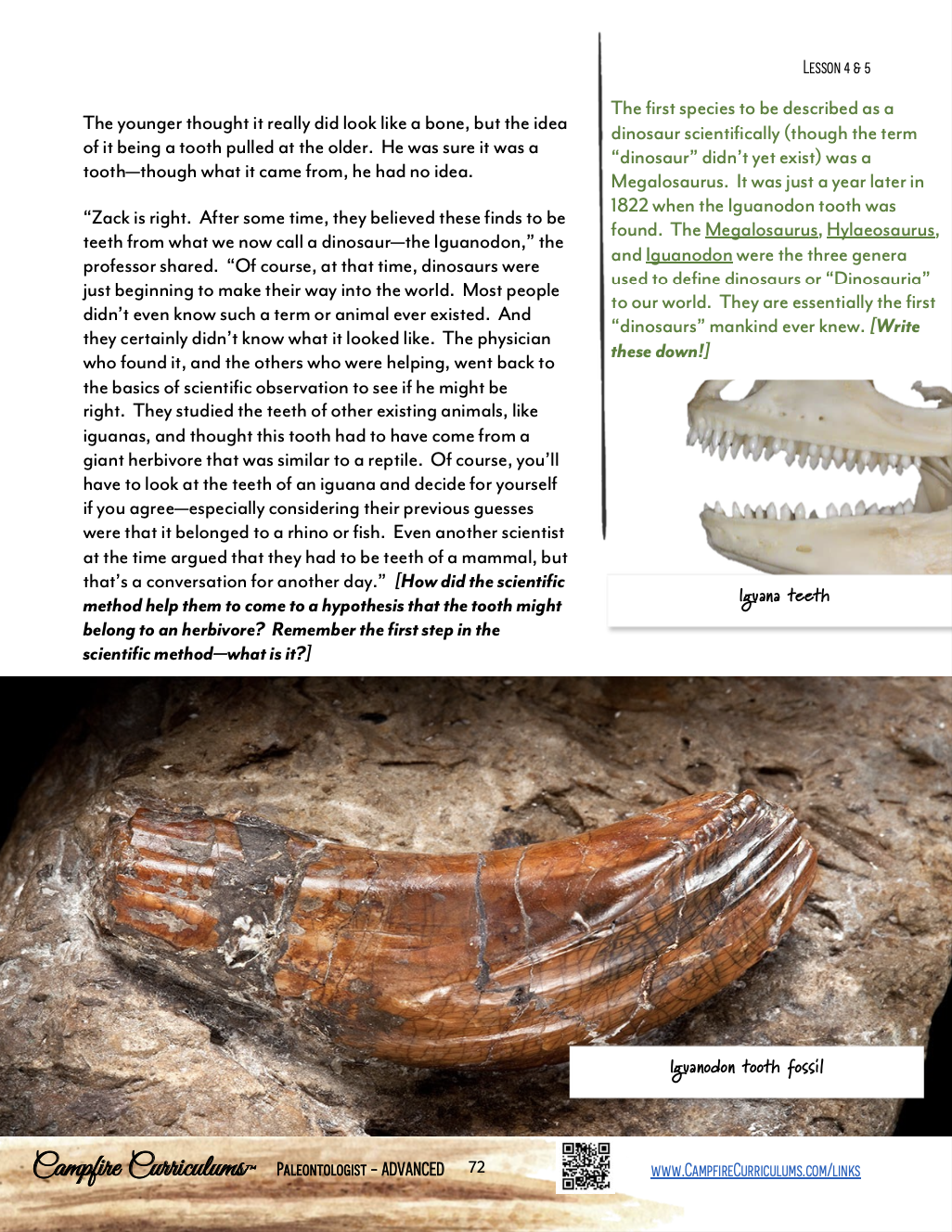
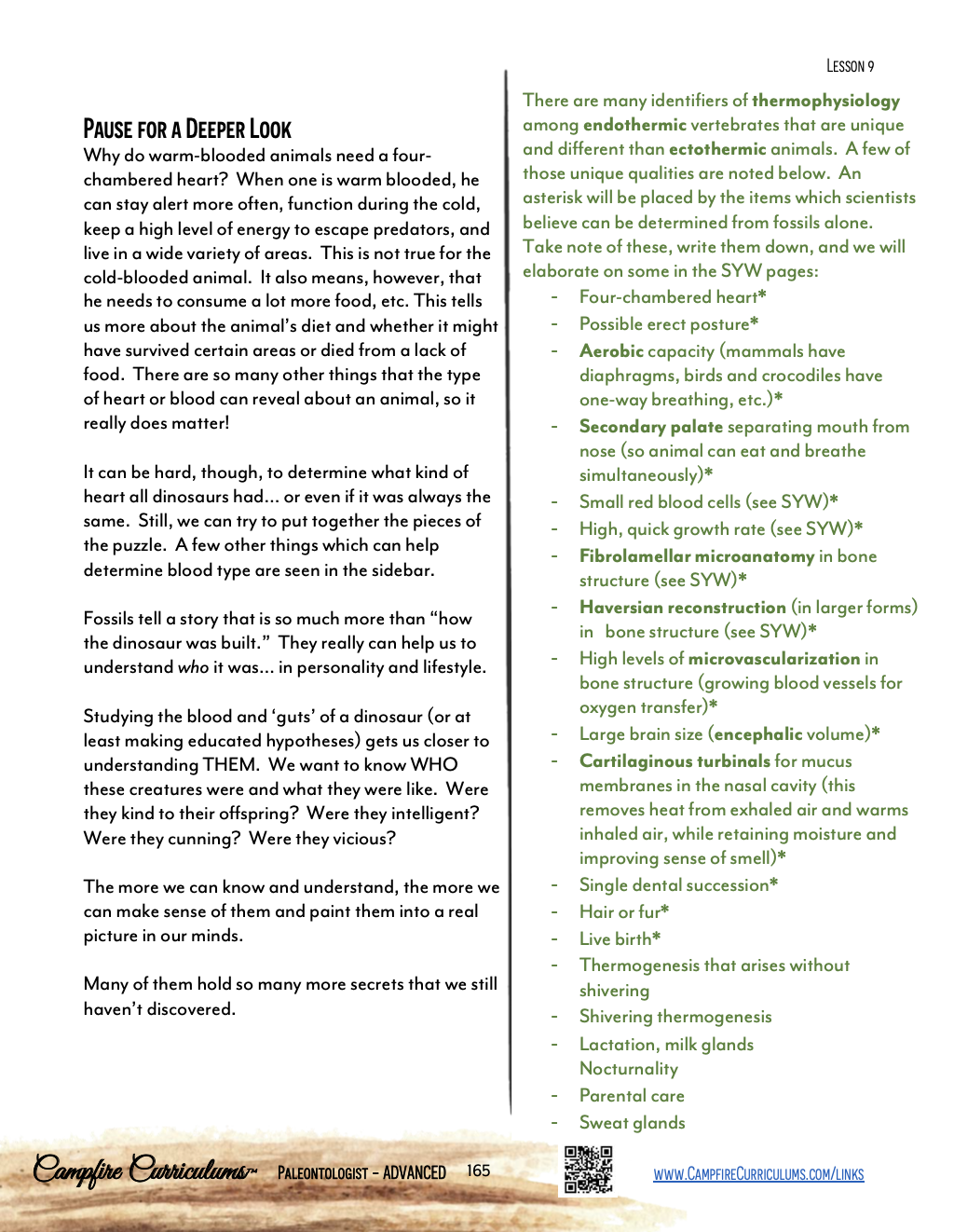
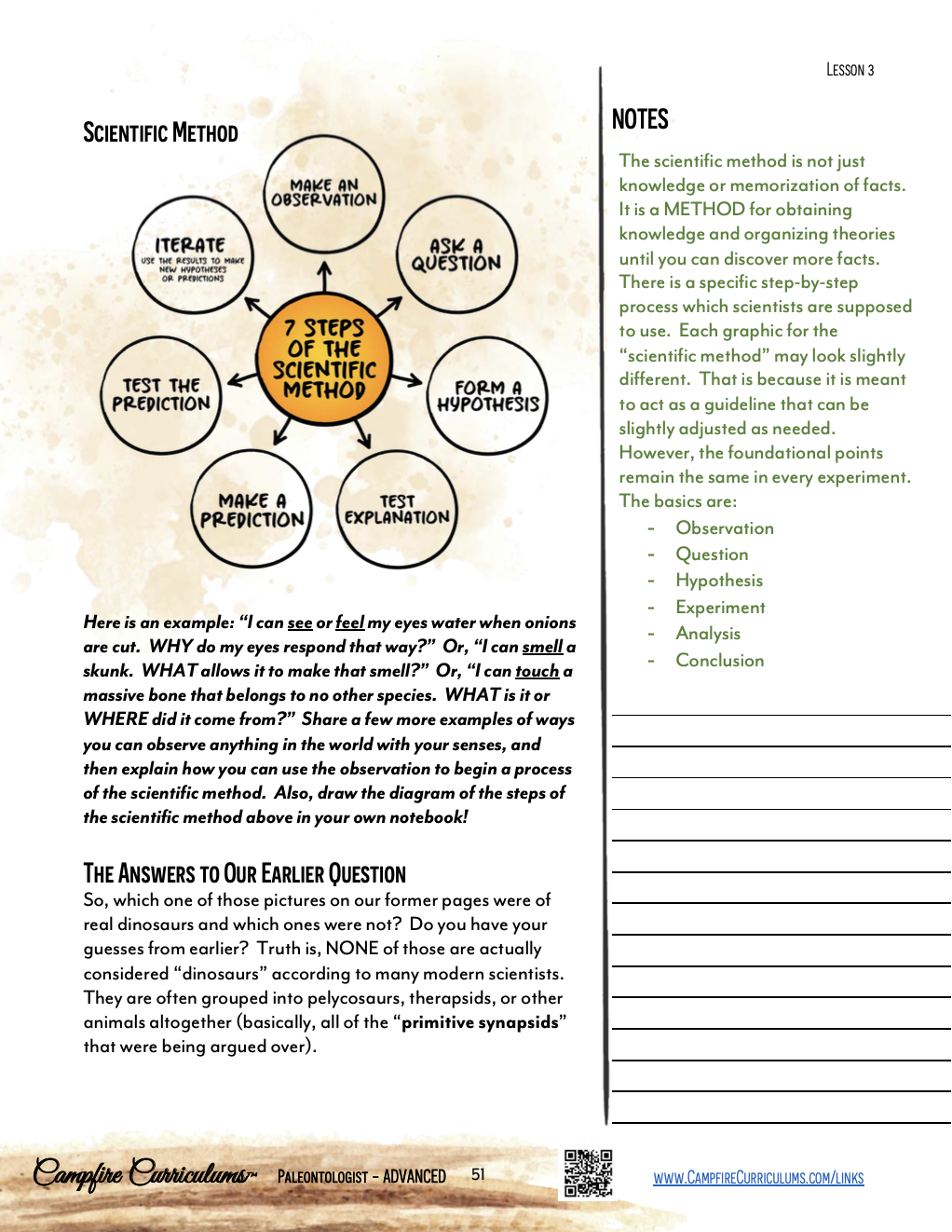
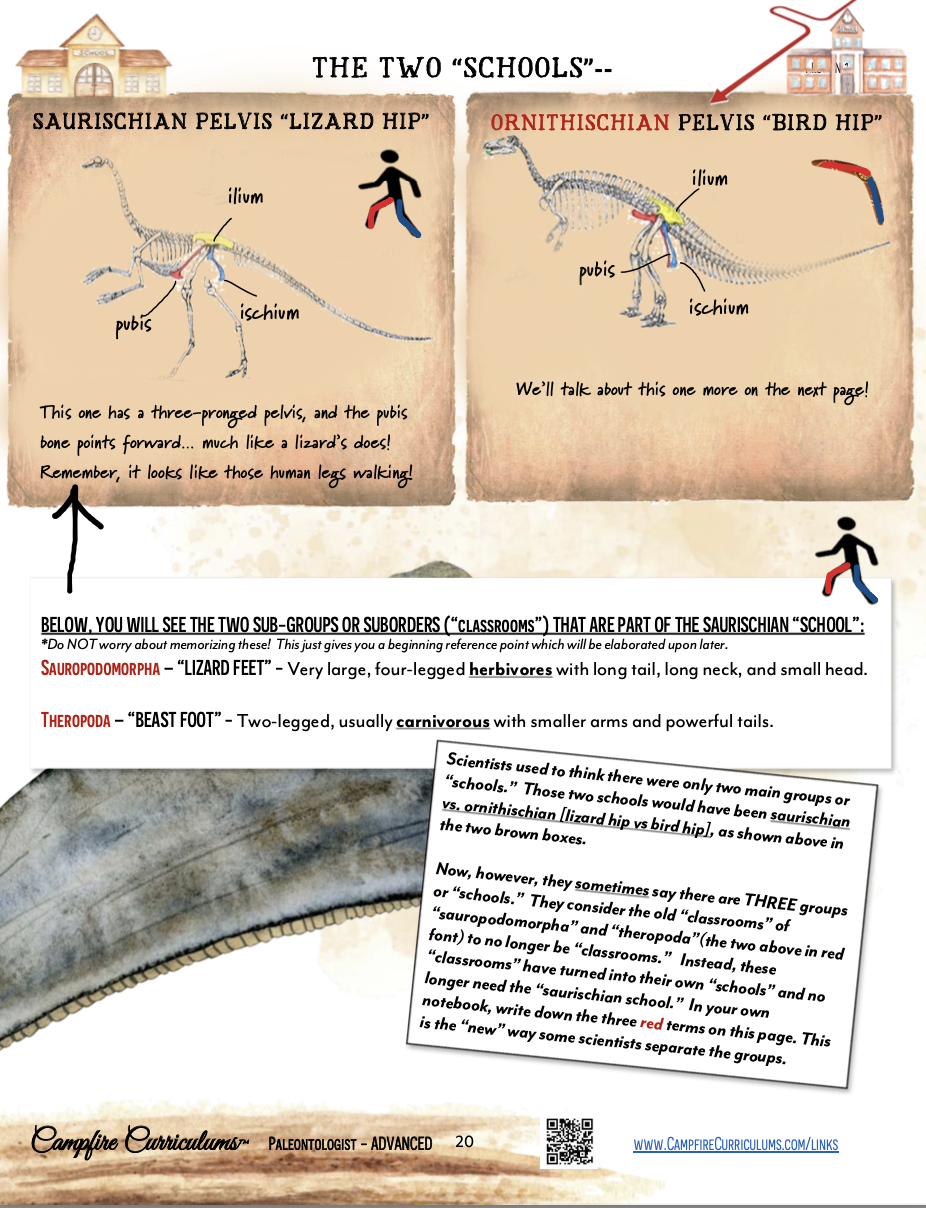
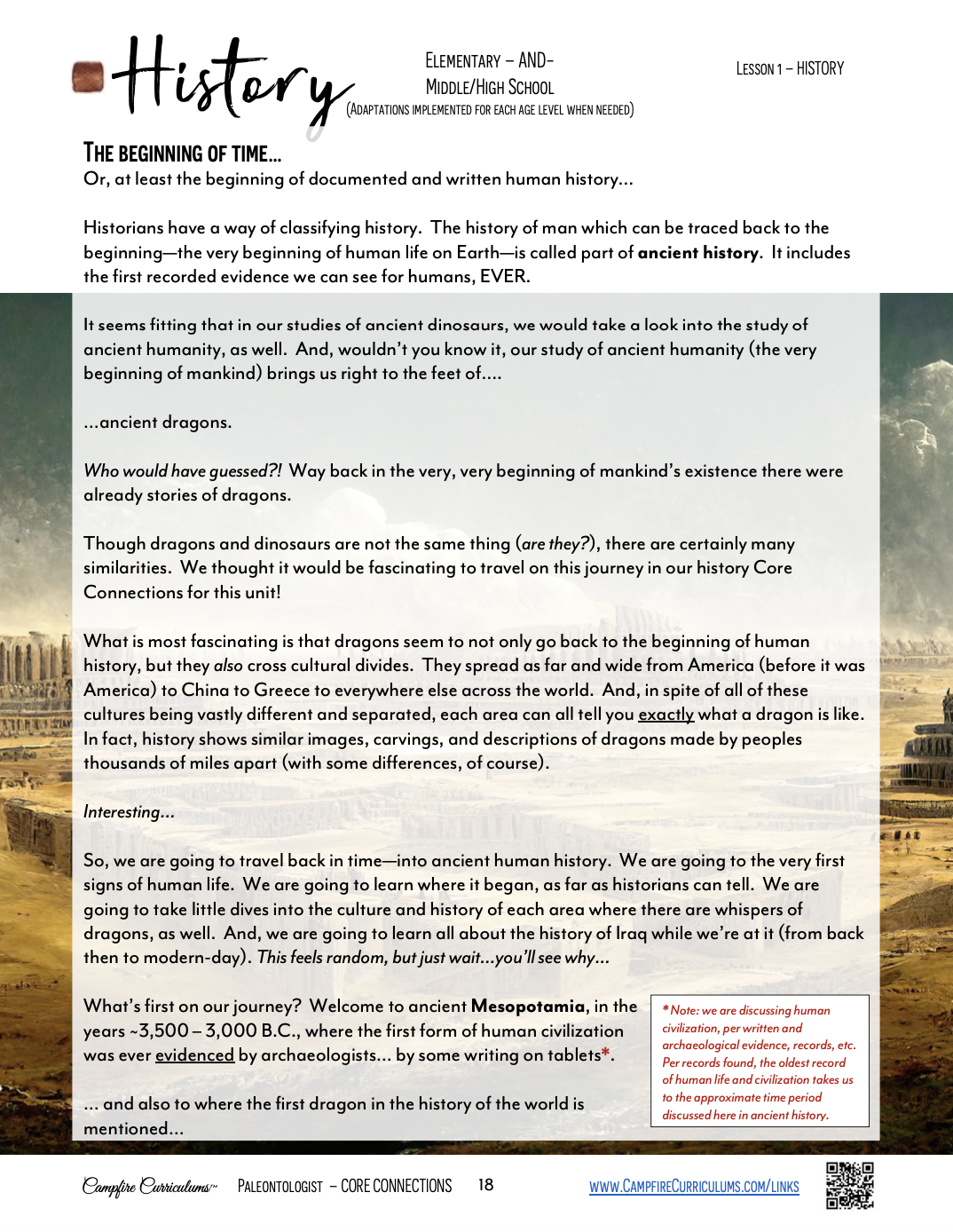
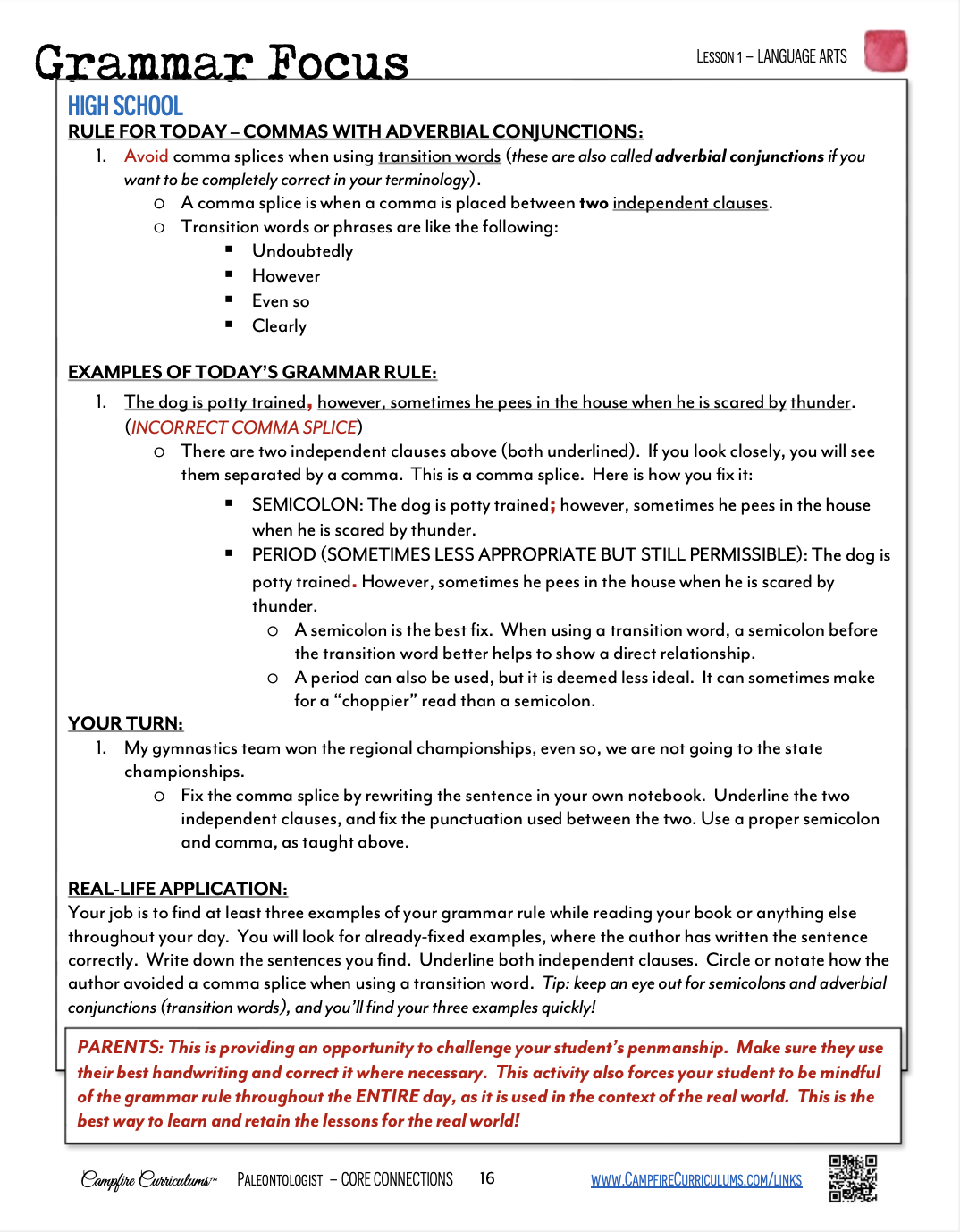
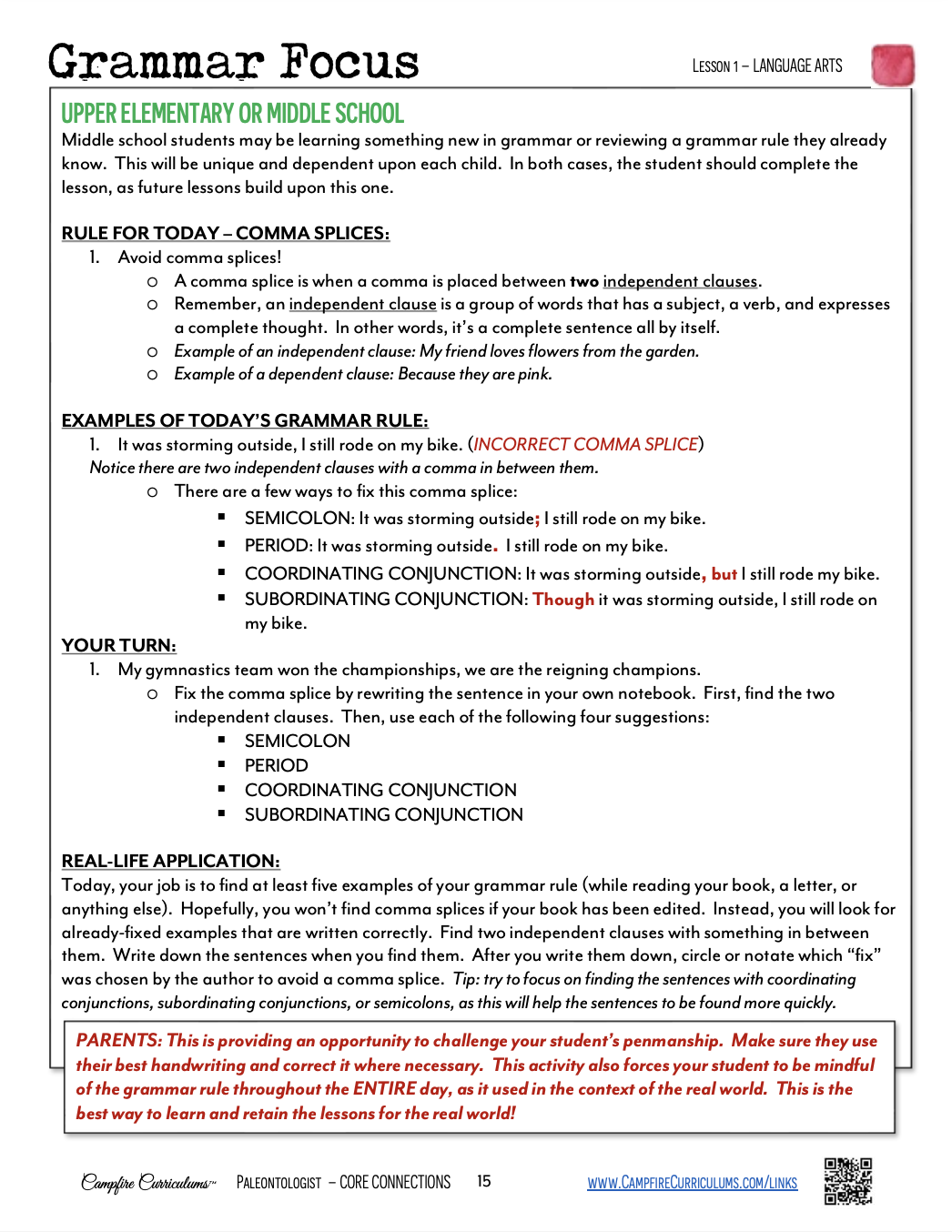
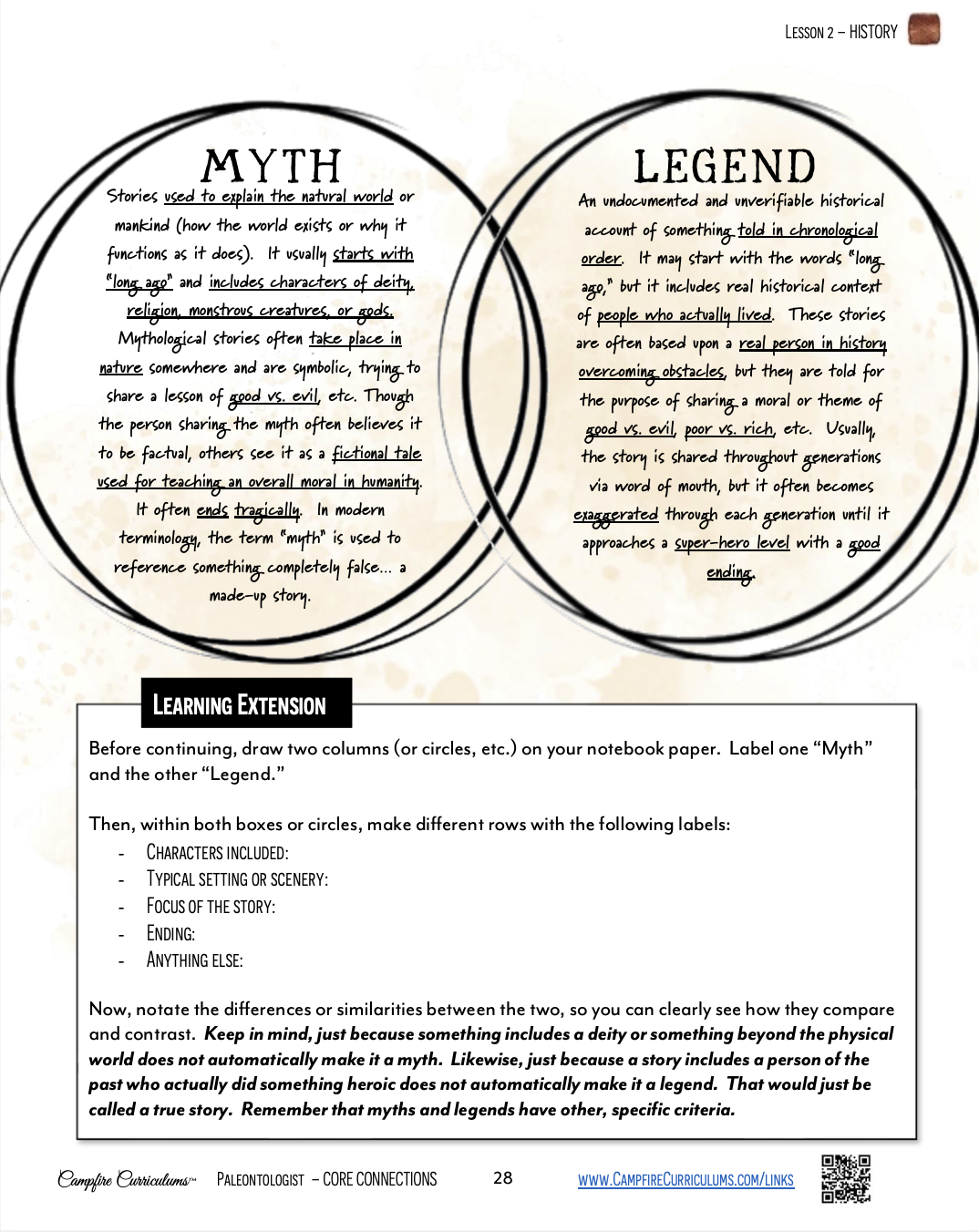
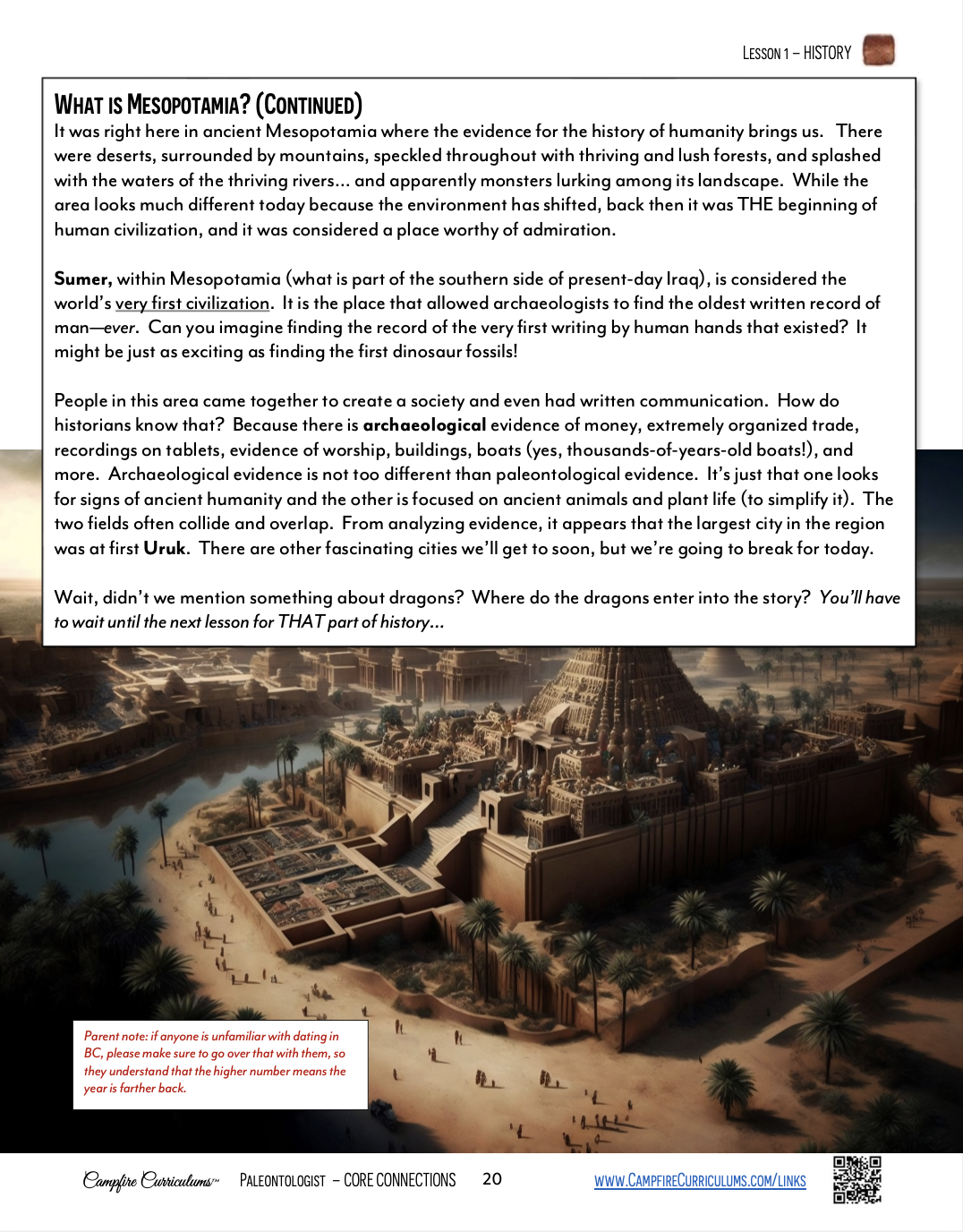
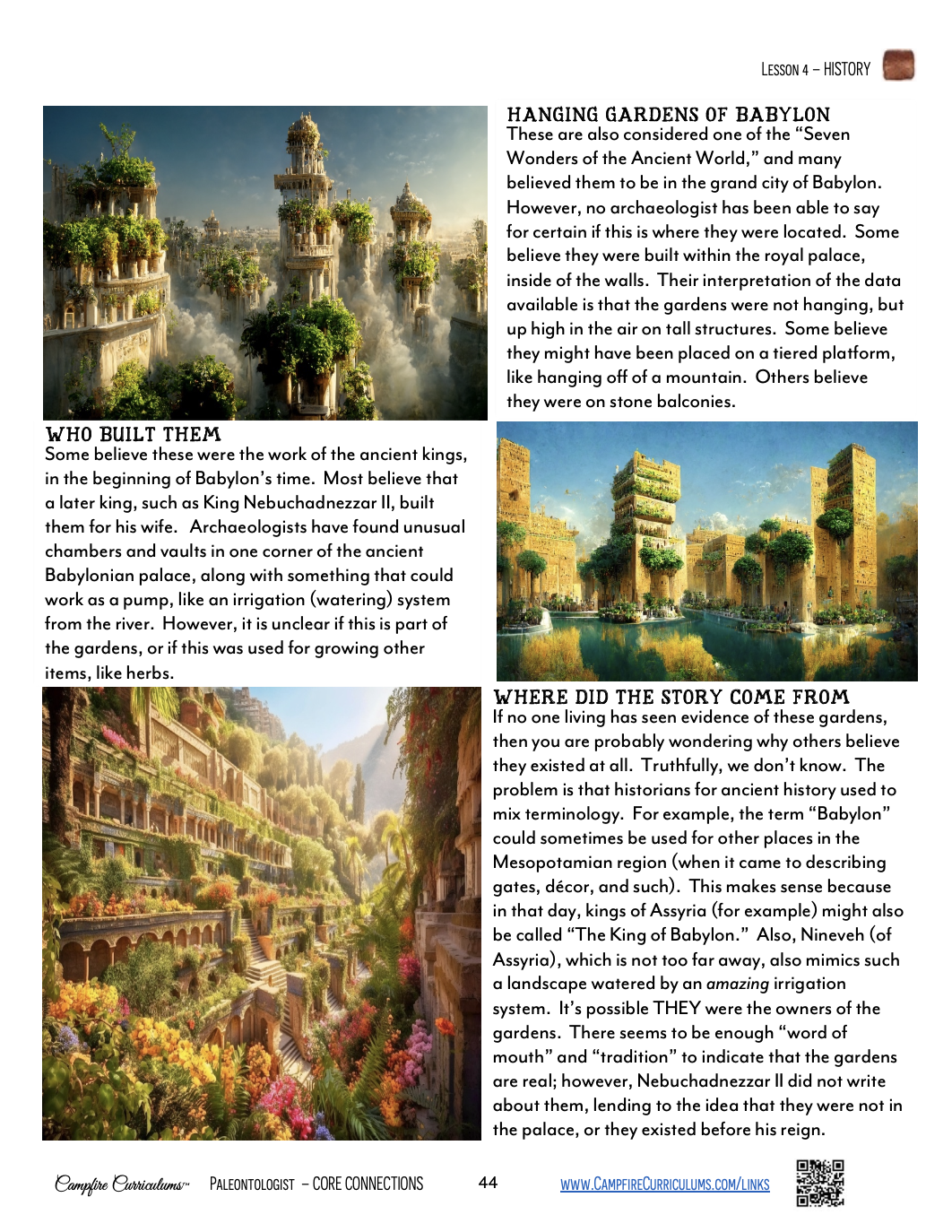
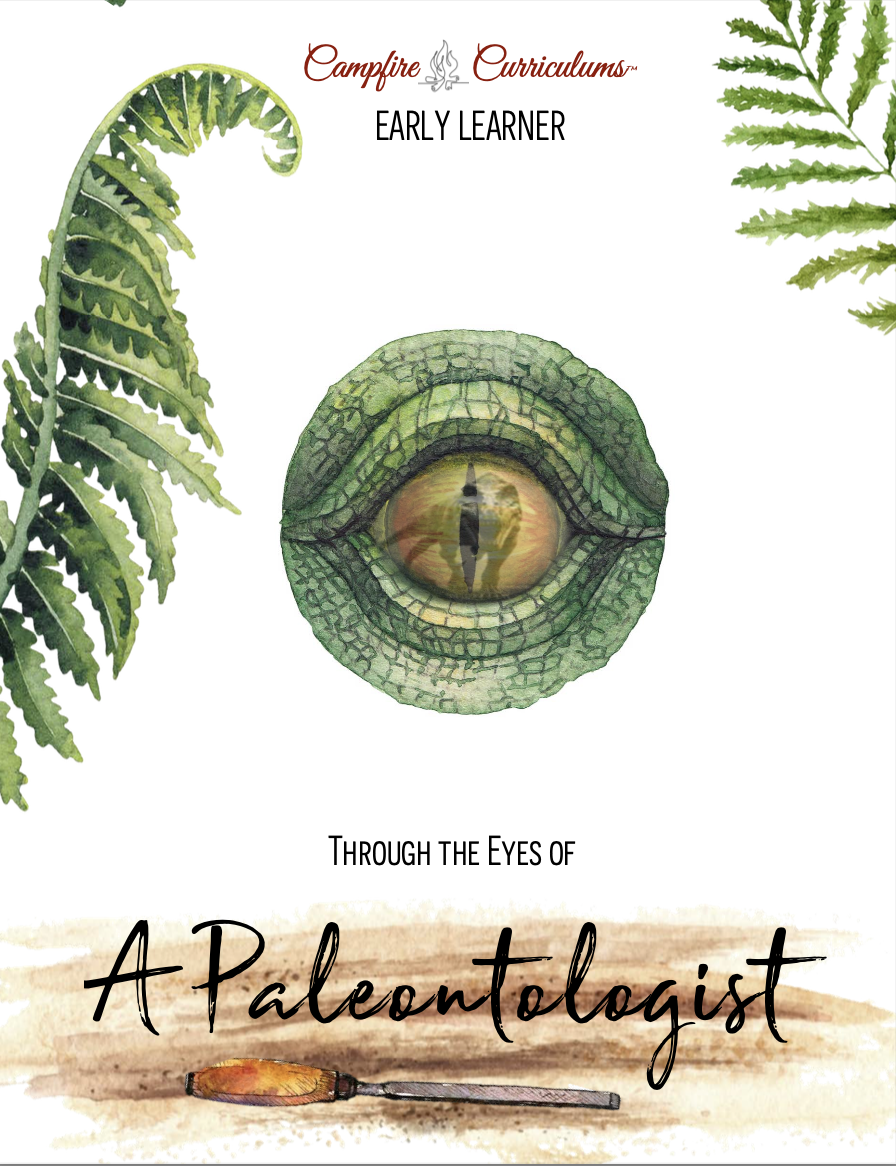
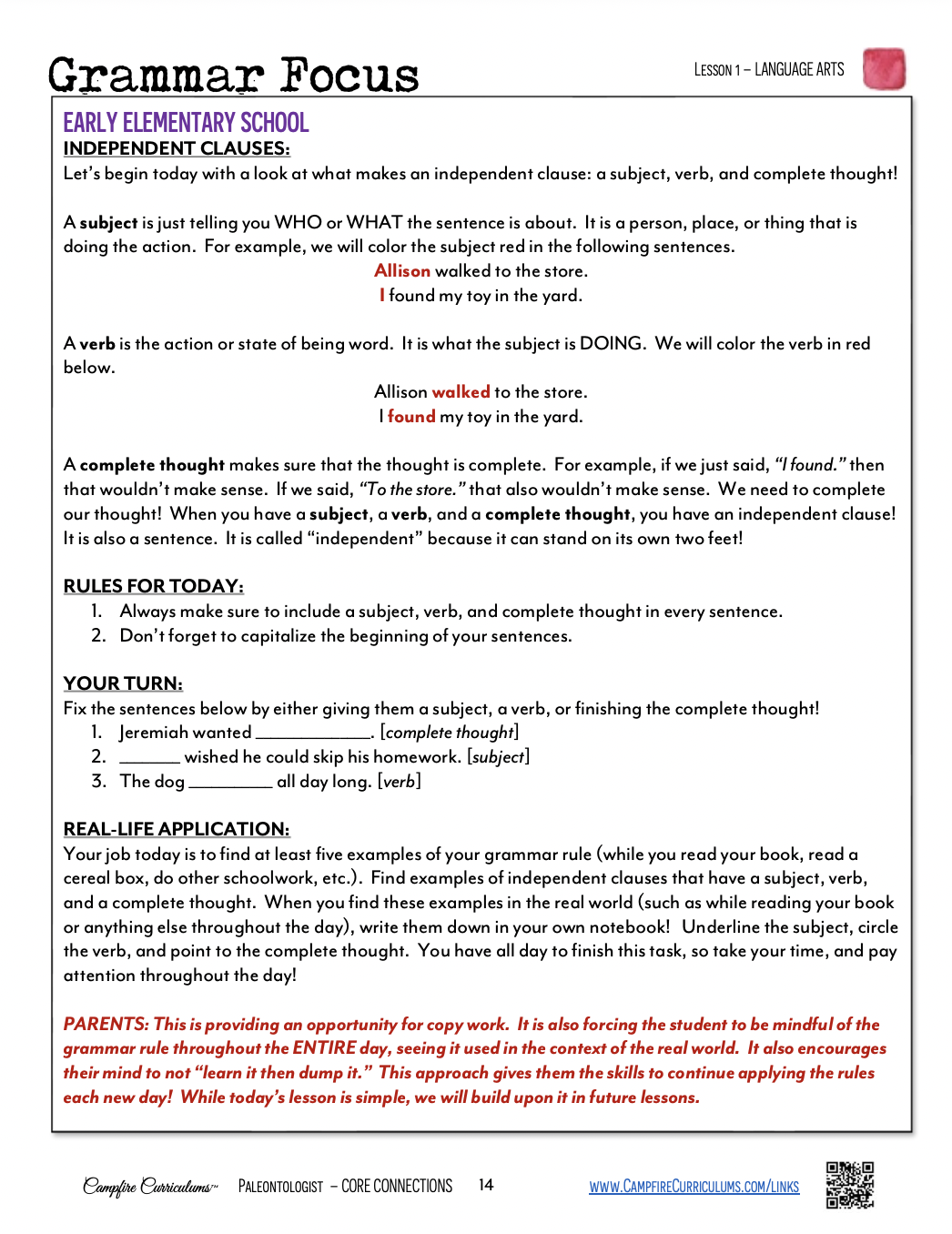
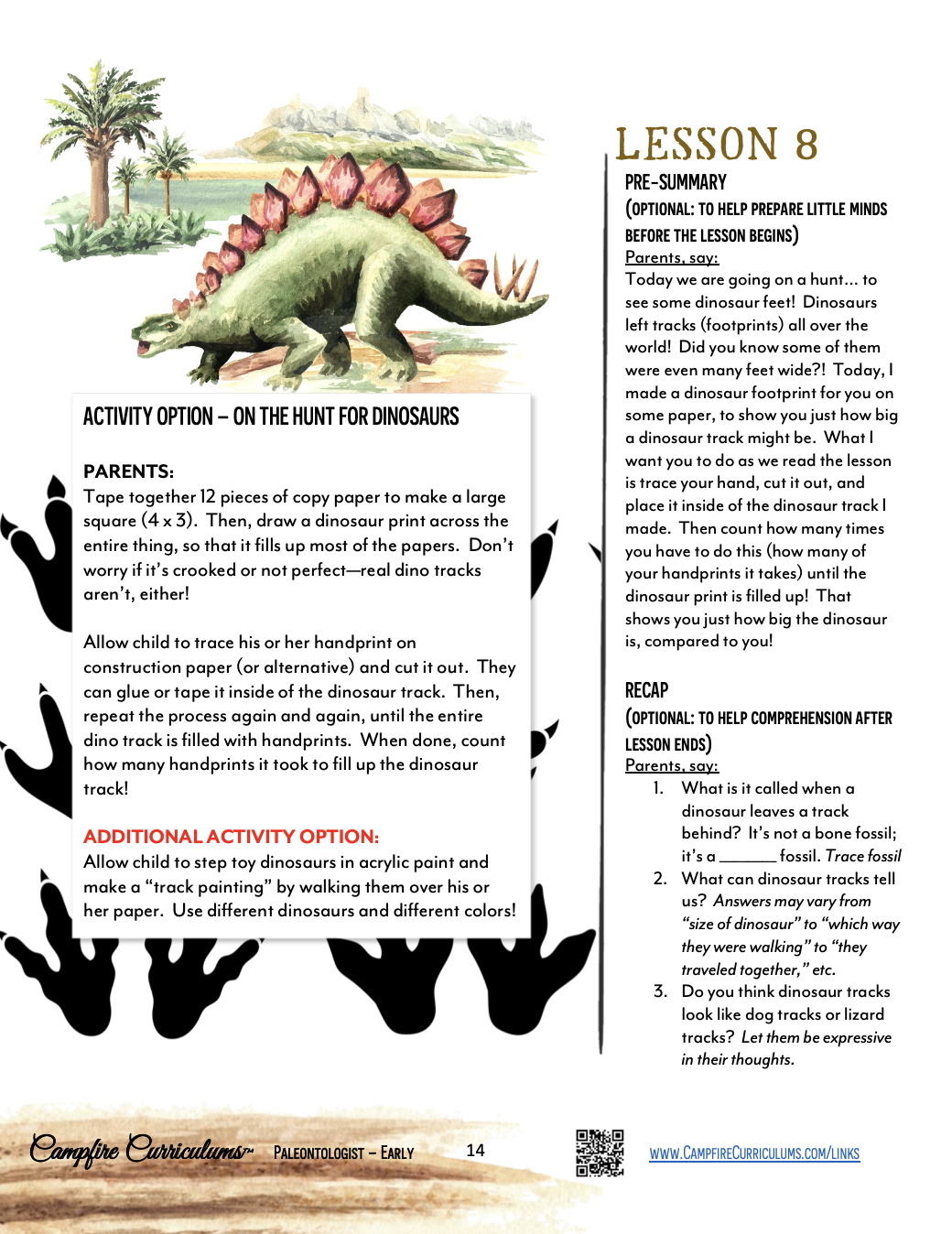
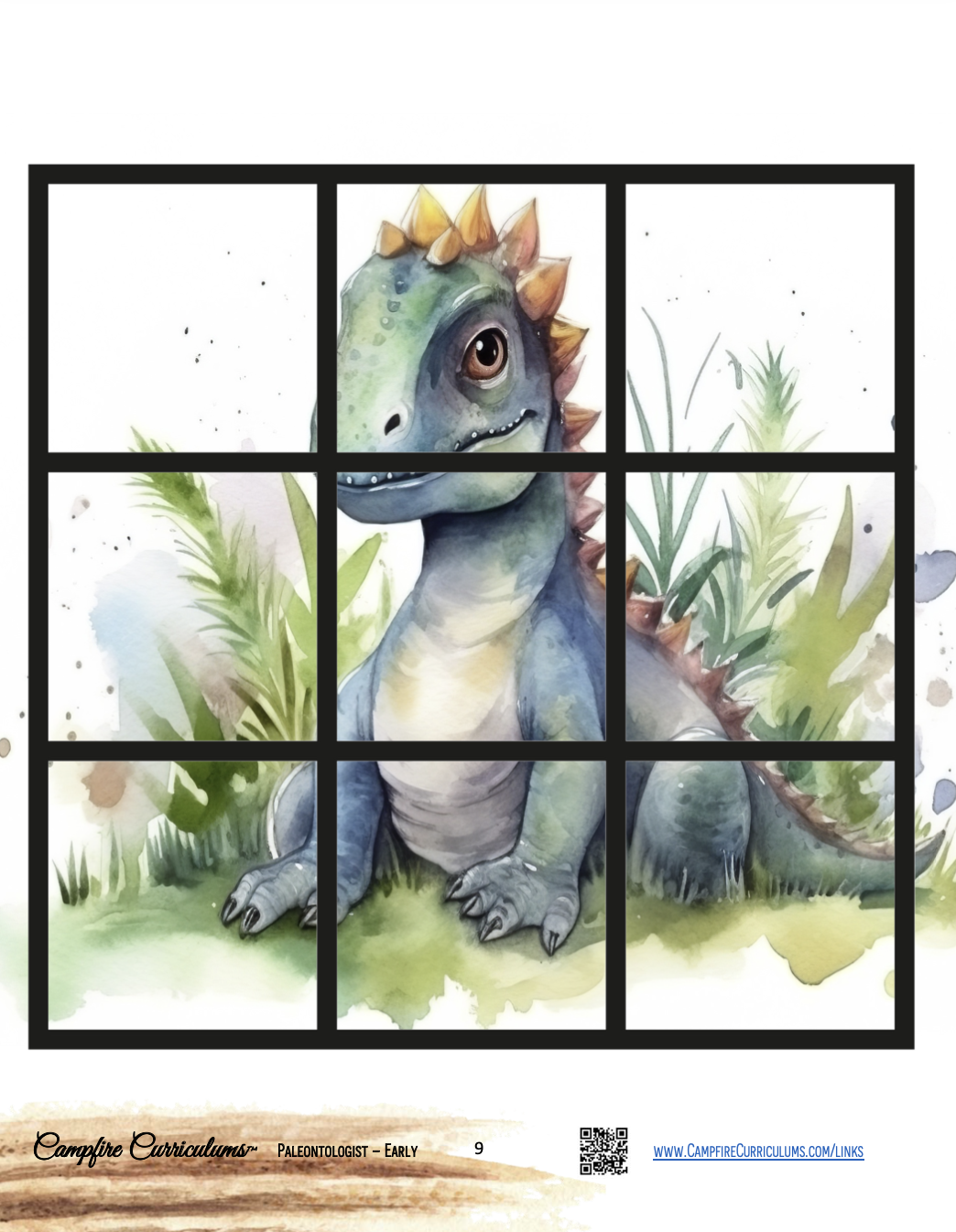
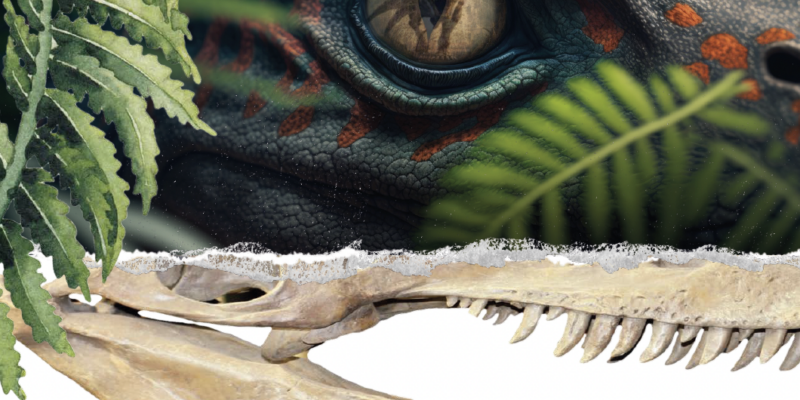
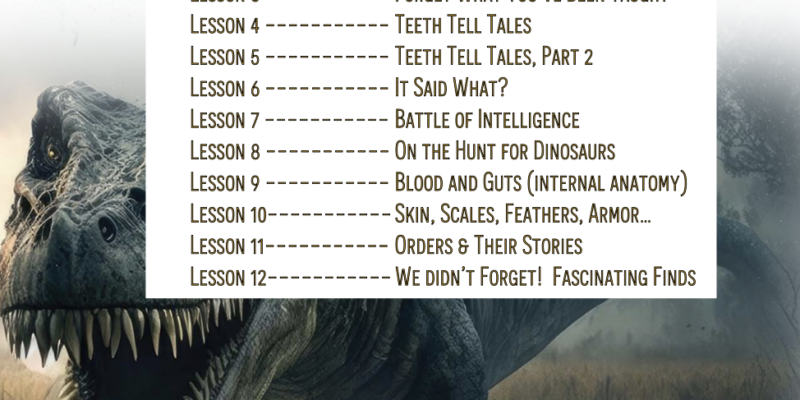
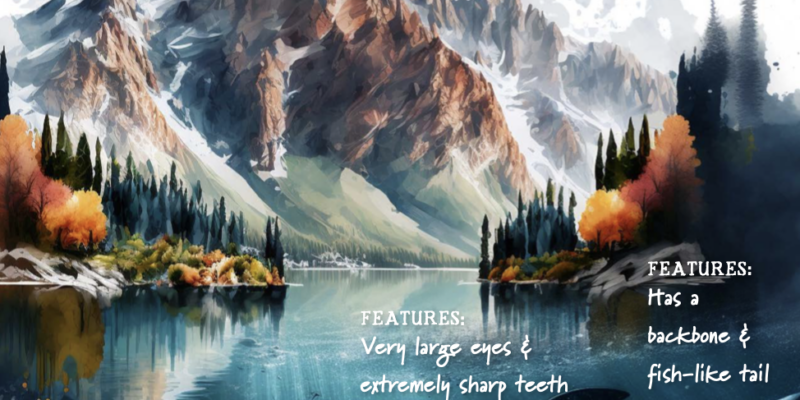
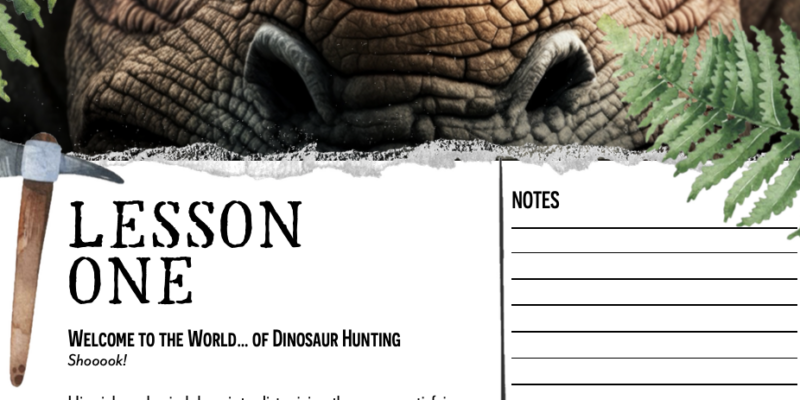
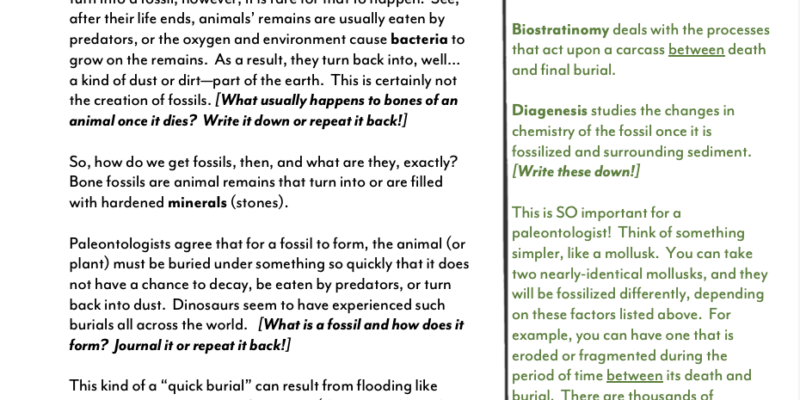

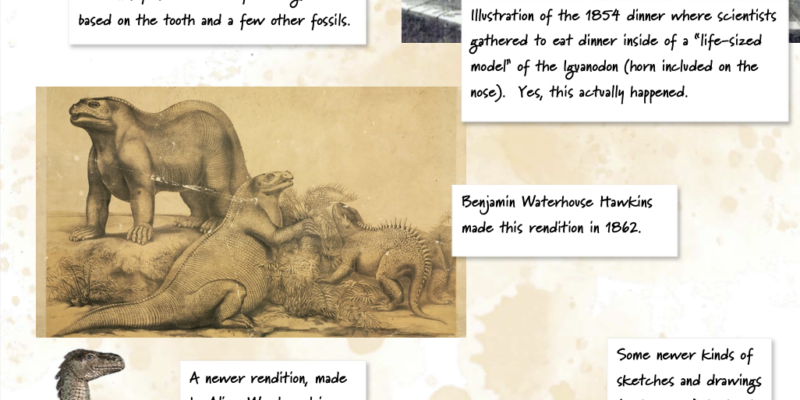
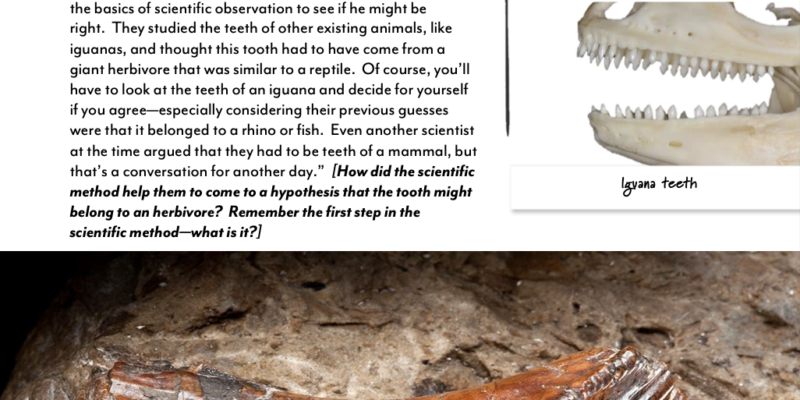
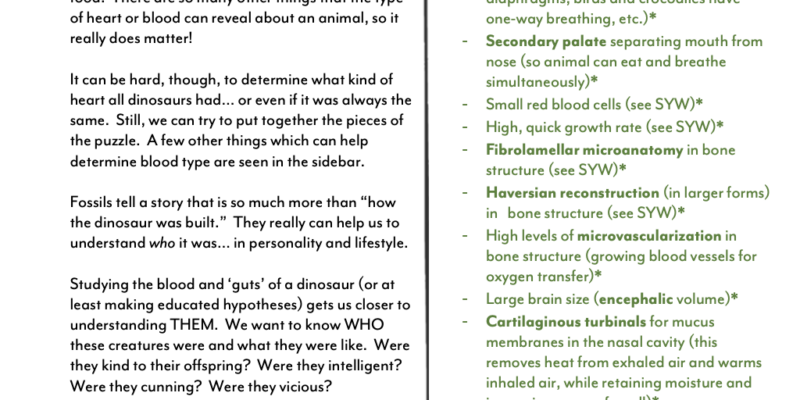
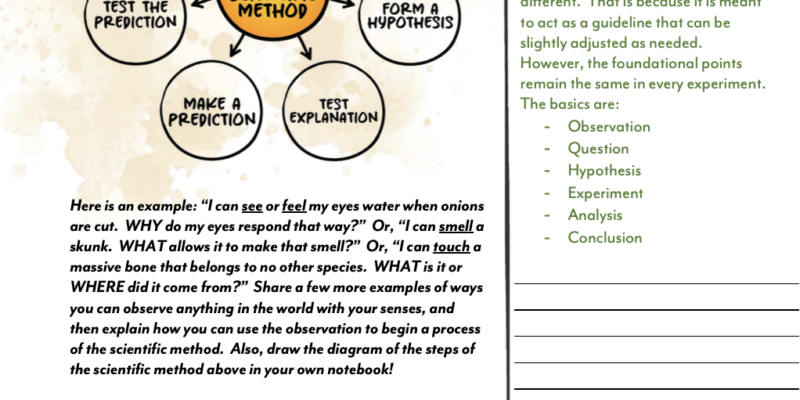
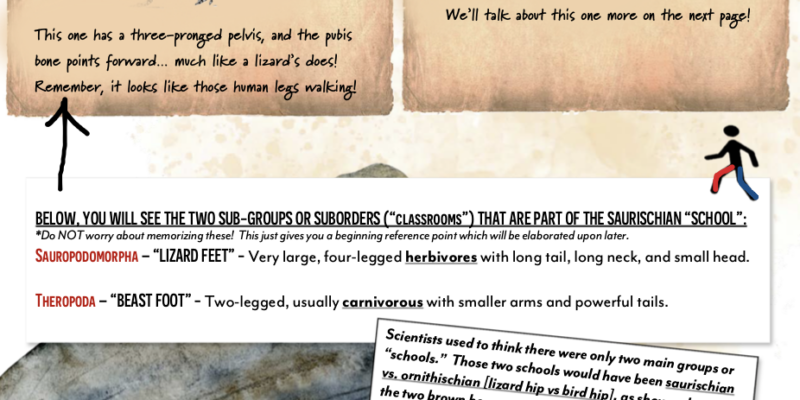
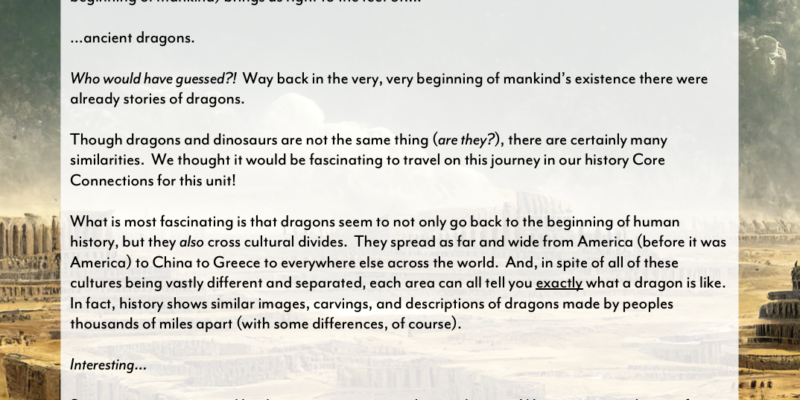
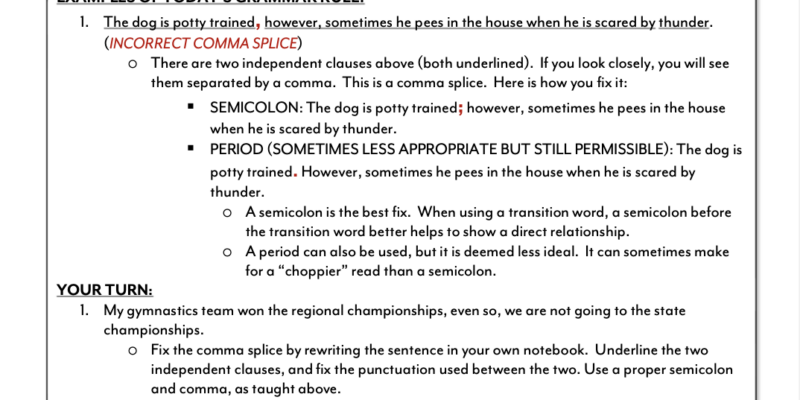
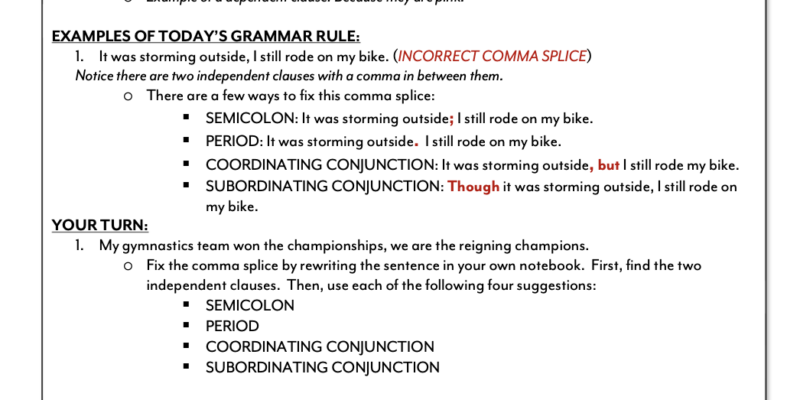
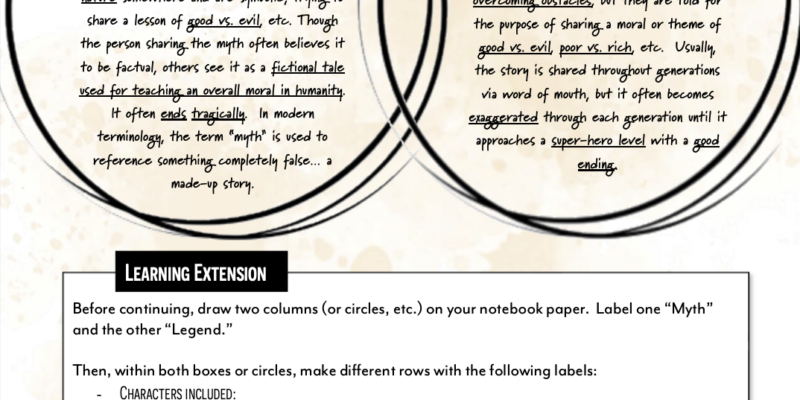
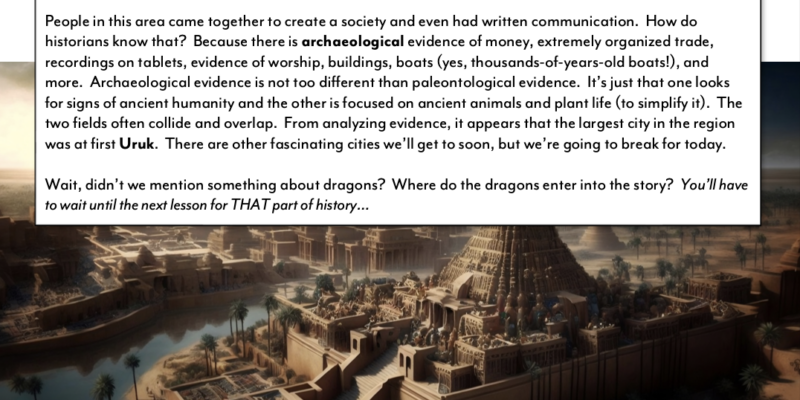
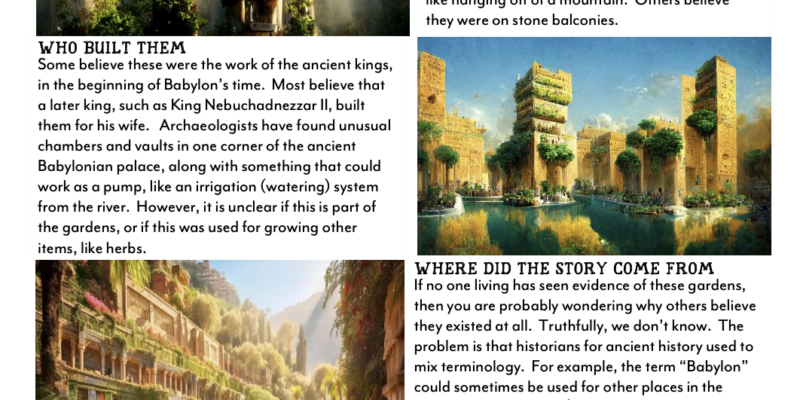
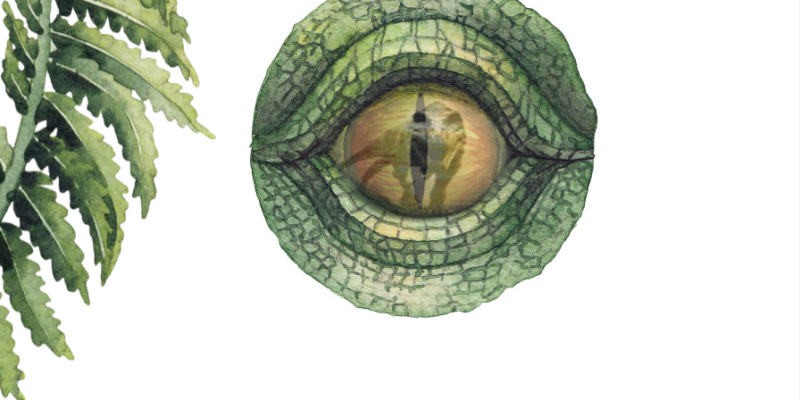
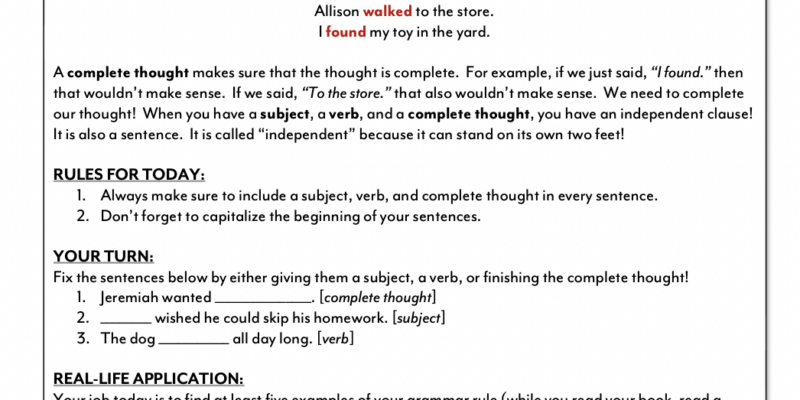
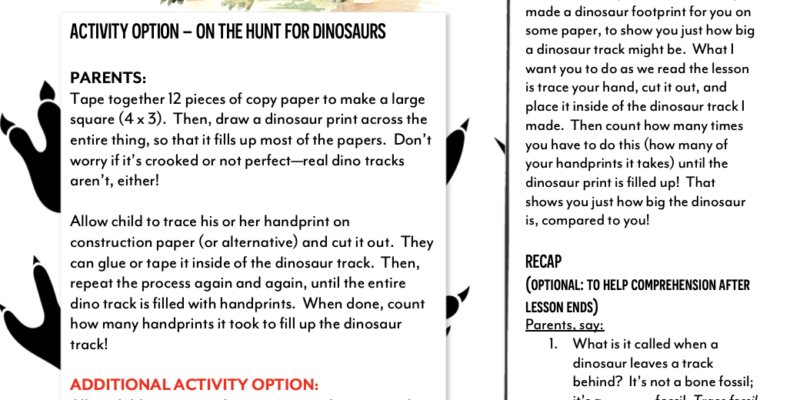

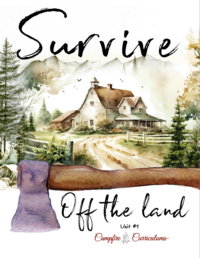
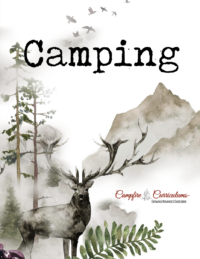

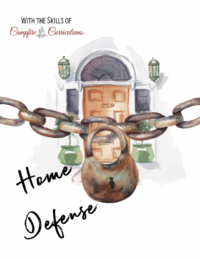

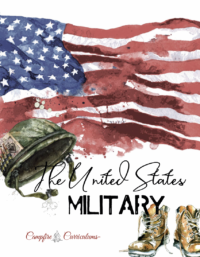
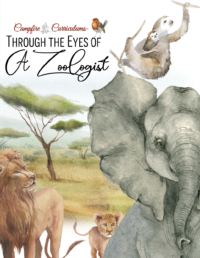

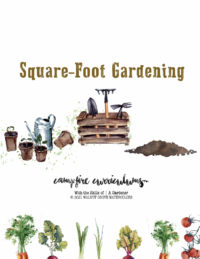
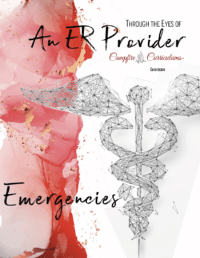

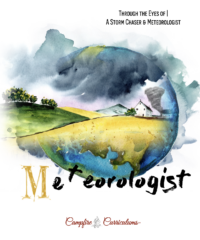

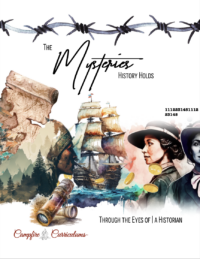


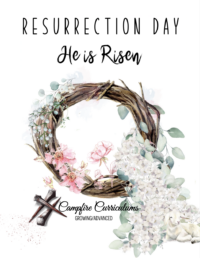
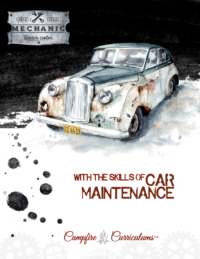
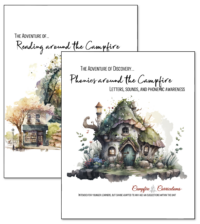

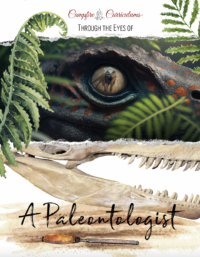
Jenna Fettes (verified owner) –
Wow! What an adventurous unit this was! We learned so much about dinosaurs that we never knew! It was truly fascinating! My kids loved all the engaging activities. They really enjoyed learning about the different types of fossils there are as well. One activity they really loved was looking at Dino Sue and trying to design her fossil with playdoh. This isn’t your basic dinosaur unit. It is so unique! We wrapped up the unit visiting the Creation Museum and Ark Encounter. Thank you for another fun unit!